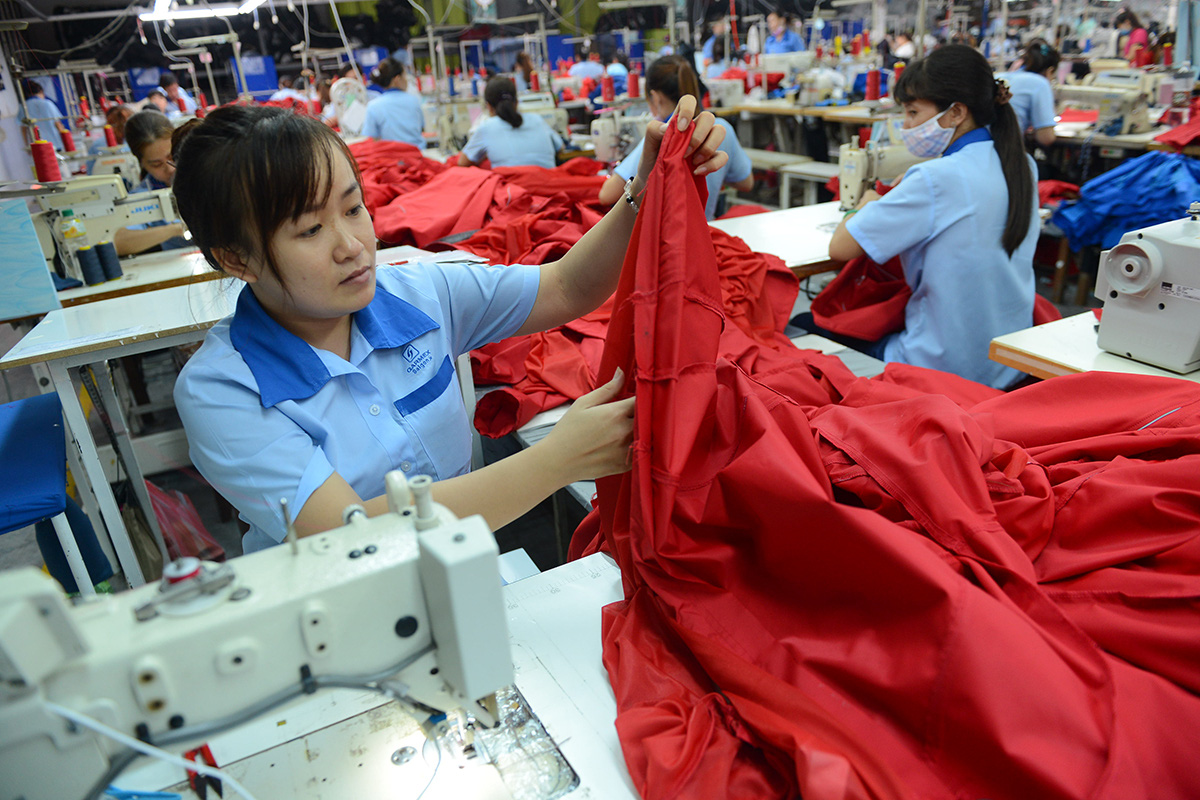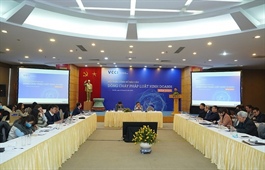Canadians look to gain in Vietnam on back of CPTPP
Canadians look to gain in Vietnam on back of CPTPP
The Comprehensive and Progressive Trans-Pacific Partnership trade agreement has opened new horizons for economic ties between Vietnam and Canada. Behzad Babakhani, consul general of Canada in Ho Chi Minh City shared with VIR’s Thanh Van about the opportunities for the two countries to expand and deepen their economic relationship.
What have been the key takeaways regarding Vietnamese and Canadian economic ties after two years of implementation of the Comprehensive and Progressive Trans-Pacific Partnership (CPTPP)?

Behzad Babakhani, consul general of Canada in Ho Chi Minh City
|
Vietnam has been Canada’s top trading partner in ASEAN since 2015 and we continue to see stronger economic ties each year. Since the implementation of the CPTPP trade deal in 2019, bilateral merchandise trade between Canada and Vietnam reached a new record of C$7.9 billion ($6.15 billion), the same year.
In 2019, Canadian merchandise export to Vietnam was nearly C$1 billion ($778.38 million). Notably, the export value of Canadian agriculture and agrifood products such as meat, grains, fish and other seafood, and dairy exports reached C$400 million ($311.35 million) in 2019, an increase of 15 per cent. On the other hand, Vietnam’s overall exports to Canada increased by almost 30 per cent in 2019, reaching C$6.9 billion ($5.37 billion), with a remarkable increase seen in mobile phones, footwear, furniture, and garments.
From January to October 2020, the value of bilateral merchandise trade reached C$7.2 billion ($5.6 billion), an increase of 10 per cent from the same period last year in spite of the economic downturn due to the global pandemic.
Overall, Canadian agrifood and seafood exports accounted for more than half (52.5 per cent) of all Canadian merchandise exports to Vietnam in 2020 and Vietnam was the second-largest destination for Canadian agrifood and seafood exports among ASEAN countries during this period.
Other areas have seen significant growth in recent years, including the number of Vietnamese students choosing Canada as an education destination. More than 20,000 Vietnamese students study in Canada every year.
What are the main ambitions for further economic strengthening between the two countries this year?
As Canada-Vietnam trade grows stronger, especially towards the 50th anniversary of diplomatic relations in 2023, we expect to see continued growth on both sides. Many Canadian companies are pursuing commercial opportunities in Vietnam in sectors such as clean technology, ICT, aerospace, infrastructure, pharmaceuticals and health products, wood and forestry products, and financial services. Vietnam is an important partner for Canada as we pursue diversified trade into Asia-Pacific.
Canadian agrifood and seafood exports to Vietnam are a positive story and we will continue to see more tariff reduction and elimination for our products in 2021.
Under the CPTPP, Vietnamese producers will have greater access to Canadian expertise in areas such as genomics, biotechnology, environmental services, and green and sustainable technology. This can support the ongoing restructuring of Vietnam’s agricultural sector.
Canada also has a number of ongoing economic cooperation projects with Vietnam, with greater focus on inclusive economic growth. One example is the Expert Deployment Mechanism for Trade and Development, designed to deploy Canadian and international experts to assist developing countries in negotiating, implementing, adapting to, and benefiting from trade and investment agreements with Canada; another is the Canadian Trade and Investment Facility for Development, which is improving the policy and regulatory environment for trade and investment in Asia-Pacific countries in support of poverty reduction and women’s empowerment.
Which key sectors will enjoy the most impressive growth in the coming time?
For Canadian exporters, key sectors benefiting from improved access under the CPTPP include agricultural commodities, agrifood, fish, seafood, and forestry products. For Vietnamese exporters, many opportunities lie in the manufacturing and processing industries like electronic machinery, footwear, apparel, furniture, agrifood, and seafood products.
As Vietnam’s enabling environment for businesses gets stronger and moves towards a sustainable and inclusive economic growth model, it will create an environment that will be conducive to the sustainability of trade and investment growth. According to Statistics Canada, Canadian investment stock in Vietnam was C$222 million ($172.78 million) in 2019, an increase of 23 per cent from the previous year.
What are focus areas for both countries to improve trade and investment activities in particular?
Both governments are working closely to promote trade cooperation. We are working to open markets for new farm products including, for example, fresh Canadian blueberries.
We will continue to work with the Vietnamese government to promote a transparent and science-based approach in sanitary, phytosanitary, and food safety measures to ensure no disruption in our bilateral trade. Canada is also providing technical assistance to Vietnam in food safety.
The Canadian Trade Commissioner Service in Vietnam is committed to supporting our exporters doing business here and to assist Vietnamese groups looking to invest in Canada. We look forward to a promising year in 2021 and to even stronger economic, trade, and people-to-people ties between the two countries.























